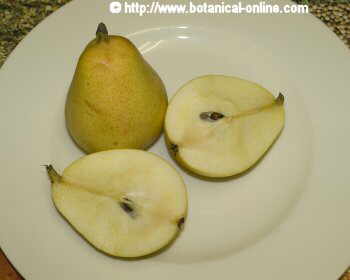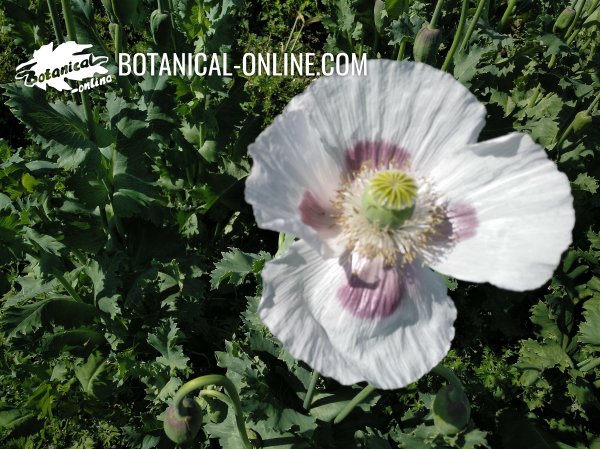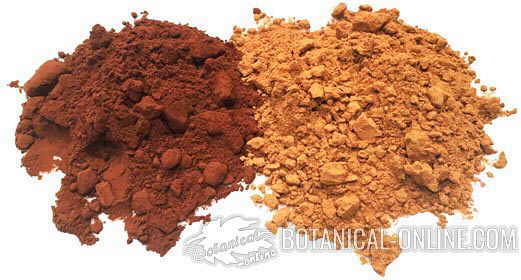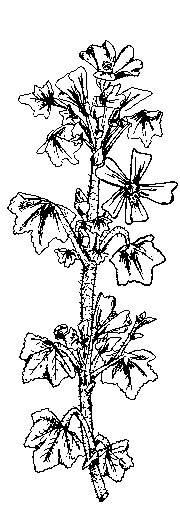Contents
What is a beech forest?
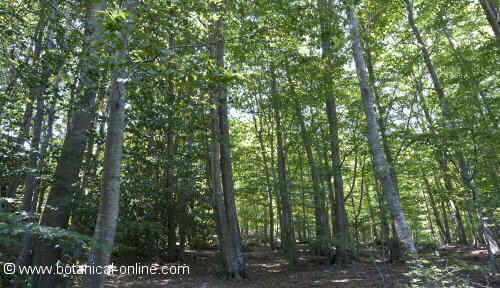
A beech forest t is a type of forest in which the dominant tree is beech. Other trees may appear next to this tree, such as fir trees (Abies spp.), chestnut trees (Castanea sativa), oaks (Quercus robur) or birches (Betula alba), although there may be beech forests where beech is the only tree.
In addition to trees there may be shrubs or lianas, such as holly (Ilex aquifolium), elderberry (Sambucus nigra) white hawthorn (Crataegus monogyma), blueberry (Vaccinium myrtillus) or ivy (Hedera helix)
The soil may contain herbaceous species, such as forest anemone (Anemone nemorosa), Traveller’s joy (Clematis vitalba), green hellebore (Helleborus viridis) common speedwell (Veronica officinalis), bellflower (Campanula trachelium), fern (Pteridium aquilinum) , columbine (Aquilegia vulgaris), wild madder (Rubia peregrina) or the narrow-leaved Helleborine (Cephalantherea longifolia.)
Where do beeches grow?
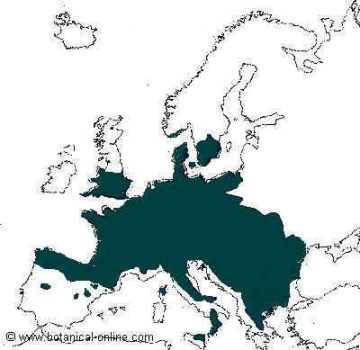
Fagus sylvatica is an European tree typical of the Atlantic climate forests. It can be found from sea level in European countries with an Atlantic climate, being very abundant in France, Germany. Southern United Kingdom, and the Netherlands and all Central European countries including Northern Italy. The western half of Poland and western Ukraine would mark the eastern limit.
From the north it reaches the southern part of Norway and Sweden and, to a lesser extent in Finland. (Until the parallel 60 north) It extends to the South mainly to the north third of the Iberian Peninsula.
In the East it would appear in Romania, Bulgaria and Greece. The Balkans, Caucasus and Asia Minor area constitutes a transition zone between this species (Fagus sylvatica) and the eastern beech species (Fagus orientalis).
In other areas of Mediterranean influence it appears on mountain soils where rainfall is more abundant and the climate is milder.
Main climate requirements for a beech to grow
A beech needs at least about 900 liters of annual rainfall to be able to develop, except in the Nordic countries where temperatures are less elevated and can do so with about 500 liters.
Although in winter it resists temperatures of -20 or -30 ° C, the temperature differences during the day and night in vegetative season should not exceed 15 ° C)
Beech tree forests in Spain
In Spain we find great beech forests throughout the Pyrenees mountain range, being especially prominent for the number of specimens and the size of those that grow in the central Pyrenees (Aran Valley, Pyrenean Valleys of Huesca, Navarra mountains) .
Irati beech forest is the most extensive beech forest in Spain. It is located in the valleys of Irati and Salazar in the north of Navarra. It is a mixed forest of beech and fir trees.
Beech tree forests in Europe
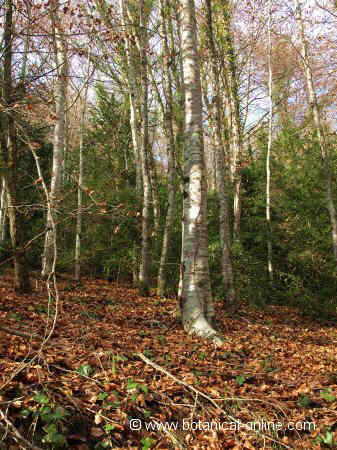
France is the country with the largest number of beech forests, where the forests extend both along the Atlantic slope, the north face of the Pyrenees, the slopes of the Alps or the Central Massifs.
In Belgium, it is worth noting the famous Soignesy Forest and in Germany the famous German Black Forest.
It should be noted small mountain enclaves where beech trees are reduced to small redoubts as relics of a past in which this tree extended more widely when the weather in Europe was rainier and the temperatures were milder.
Thus, for example, In Spain, it is worth noting the beech forest of the Natural Park of the Ports of Tortosa-Beceite (Tarragona), which is the one that is located further south of the Iberian Peninsula.
Some beech trees also appear in elevated areas of the Montseny Natural Park in Catalonia, reaching 1700 meters above sea level. The Beech Forest of D’en Jordà is another beech that deserves special attention. Nestled in the Natural Park of the volcanoes of Olot (Province of Girona), it constitutes a very characteristic beech forest when it develops only between 550 and 600 meters of altitude on a very rich volcanic soil, which, together with abundant rainfall provide a vegetation quite typical of what would be a typical forest of Atlantic climate within a Mediterranean latitude.
Other Spanish residual beech trees are, for example, those that appear in Tejera Negra (Guadalajara) or in Montejo de la Sierra (Madrid).
A special beech forest in Italy
As relics of the past, we also have Italian beech forests that grow on the slopes of the Etna volcano on the island of Sicily. These small forests constitute the southernmost location of beech trees in Europe. The beech trees of this location are those that grow highest above sea level, reaching 2350 meters
How are beech forests?
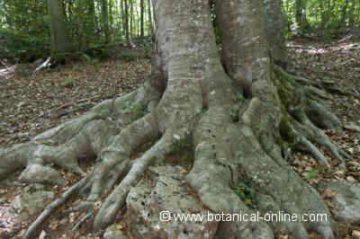
Beech is a fast-growing tree that needs a lot of light and water during the vegetative season. When spring comes, very abundant leaves are born that are placed horizontally to capture as much light as possible.
This makes beech forests form a thick canopy that prevents the passage of light to the ground, so that the undergrowth of beech trees is one of the darkest places in European forests.
On the other hand, beech is a tree that consumes a lot of water and nutrients. This high consumption, together with the low light in the beech soil, determines that, under the beech, virtually no other plants can grow. All this also determines that, in many cases, in a beech forest, beaches constitute practically the only existing trees.
Beech forests are forests in which you can best see the unique presence of a single dominant tree or even the only tree. However, beech can grow in mixed forests along with other trees, such as Norway spruce (Picea abies) , in rainier areas or richer soils.
Beech forest , one of the most beautiful forests in the world
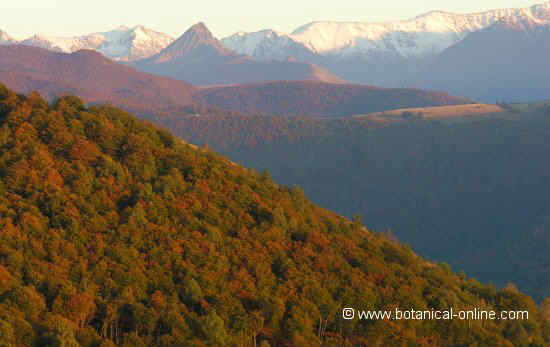
Beech forests constitute a spectacle of admirable beauty in many seasons of the year:
In winter they have their least prominent aspect. Without leaves, the gray stalks of the beech trees are distinguished between the fog like faded spots of gray color.
In spring and part of summer, the beech tree is filled with leaves that let light rays pass between them causing various shades of color between the trees crown. Walking during this season among the trees relaxes us and marvels at the sight of the slender trunks and the diffraction of the light passing between the leaves.
During fall it is when the beech reaches its maximum level of beauty. The leaves turn ocher brown. The delicate light of this season is dyed with this color . The surface of the soil is gradually filled with a dense carpet that covers the entire undergrowth. Strolling among the beech trees during the fall is undoubtedly one of the most outstanding aesthetic pleasures that nature provides us.
Patrick Mathew in 1831 describes very well the impression that this tree produces in most people when he says in his book On Naval Timber and Agriculture: “It combines magnificence with beauty, being the Hercules and the Adonis of our forests.”
![]() More information on beech
More information on beech



